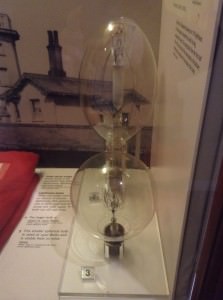
Modern lighthouses have 1 million candle power (a standard 100 Watt incandescent bulb has approximately 100) but there were some with smaller lights that used only a matter of a few watts. But How?
Lighthouses don’t just use a bulb, they use a reflector and a large, stepped lens called a Fresnel lens. This allows it to use as much of the lamp output as possible and beam it in the required direction. Although these modern lamps have powers of several kW, the optical arrangement increases the effective light level by a factor of tens of times. The lamp envelopes used to be enormous, but new lights use high intensity gas discharge (energy efficient and better for the optics, being more of a ‘point source’).
The whole arrangement rot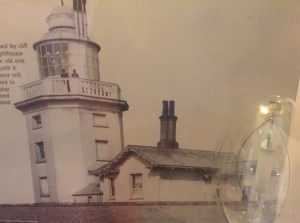
In some lighthouses, the lights keep rotating even during the daytime when the light is off. The sun can often reflect the on/off pattern so well that it could be as powerful as it is at night, but why keep the rotation going? I would suppose the answer is that the power needed is negligible and there may be more problems with stopping and starting than with continuous use. Possibly it’s better to keep it rotating to avoid it settling into a distorted shape, or to stop the bearings from getting stuck, or maybe as an alternative way of stopping the sun from being focused on one spot.
All lighthouses have been automated since November 1998, when the UK’s last manned lighthouse, North Foreland in Kent, was converted to automatic operation. Lighthouse automation began as far back as 1910 thanks to an ingenious invention of Gustaf Dalen. His sun-valve was fitted in a number of lighthouses powered by acetylene gas. The vital component was a black metal rod, which was suspended vertically and connected to the gas supply. As it absorbed the sun’s heat, the rod expanded downwards, cutting off the gas during the day.
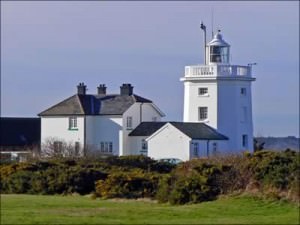
So why do we still need lighthouses? With GPS now accurate enough to keep ships away from harm’s way of rocks etc are the days of the lighthouse numbered?
Well, GPS’s break and batteries die, electronics can get damaged through lightning strikes and solar flares can disrupt satellite signals.
Don’t turn the lights out just yet!… an interesting find; this is the transcript of an actual radio conversation between a US naval ship and Canadian authorities off the coast of Newfoundland in October 1995 …
US Ship: Please divert your course 0.5 degrees to the south to avoid a collision.
CND reply: Recommend you divert your course 15 degrees to the South to avoid a collision.
US Ship: This is the Captain of a US Navy Ship. I say again, divert your course.
CND reply: No. I say again, you divert YOUR course!
US Ship: THIS IS THE AIRCRAFT CARRIER USS CORAL SEA, WE ARE A LARGE WARSHIP OF THE US NAVY. DIVERT YOUR COURSE NOW!!
CND reply: This is a lighthouse. Your call.
Okay, I know it’s not true, but that doesn’t make it any less funny!


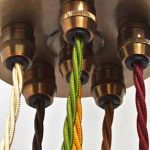
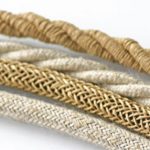
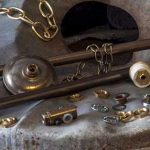

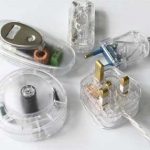
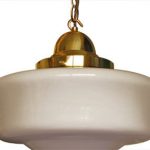
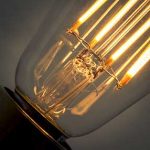

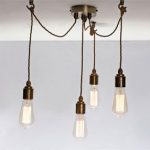
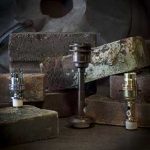
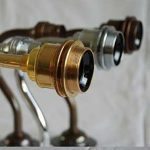
Leave A Comment